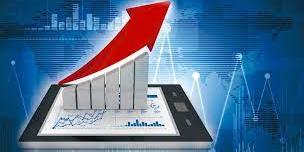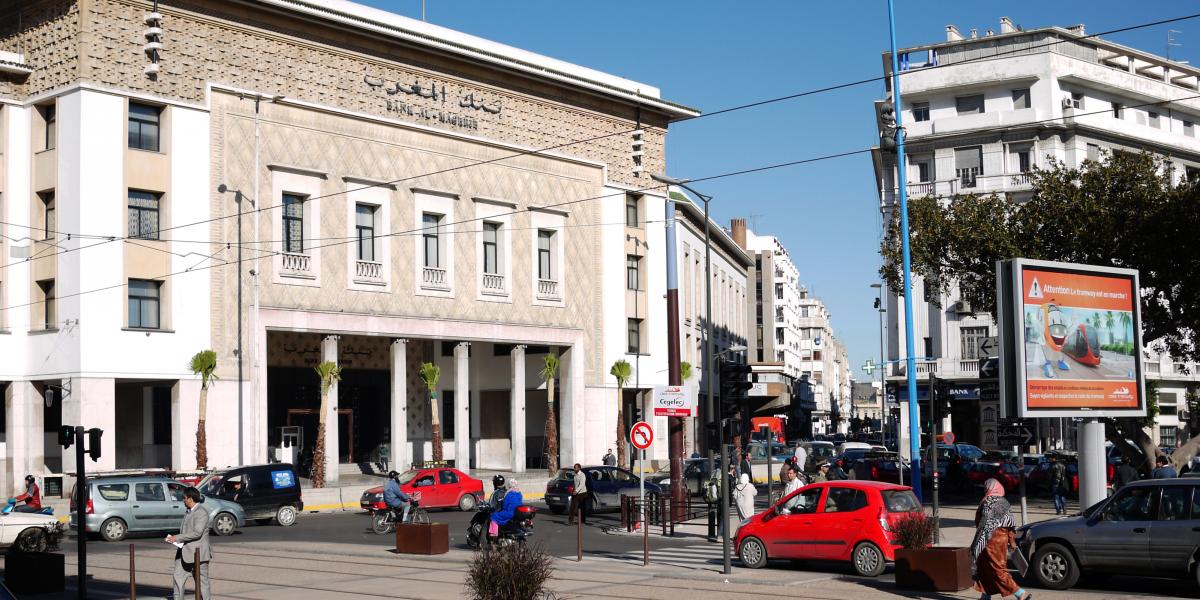South Africa : These income brackets in South Africa owe the most debt right now
- 19 May 2022 / News / 446 / Fares RAHAHLIA

New data from debt counsellor, DebtBusters, shows that debt exposure has worsened for most income groups in South Africa compared to recent years.
On average, consumers have 20% more unsecured debt in 2022 compared to 2016, those taking home R20,000 or more have unsecured debt levels that are 54% higher than in 2016, said DebtBusters chief executive Benay Sager.
The financial situation of SA consumers continues to be challenging, even two years after the beginning of the coronavirus pandemic, he said. “In absence of a meaningful increase in real
income, SA consumers continue to supplement their income with unsecured credit.”
The average loan size has increased by 27% in a few years, and the number of debt obligations (open trades) has decreased by 18% over the same period – both indicating that consumers have more debt per credit agreement and are seeking help sooner, said Sager.
Compared to 2016, those consumers who applied for debt counselling in Q1 2022 had 31% less disposable income. Sager said that consumers need to spend around 62% of their take-home pay to service their debt before coming to debt counselling.
“More alarmingly, the debt-to-income ratio for the top two income bands is at its highest level recorded in Q1 2022 compared to the same periods in the past: 125% for those taking home more than R10,000 per month, and 150% for those taking home R20,000 or more each month.”
The debt to annual net income ratio for most income bands is at its highest level ever for Q1 consumers, he said.
What people owe money on
Vehicle debt has increased in the last few years, indicating that more consumers with assets (vehicles in particular) are seeking financial assistance, said DebtBusters.
source: businesstech
 English
English
 français
français
 العربية
العربية







